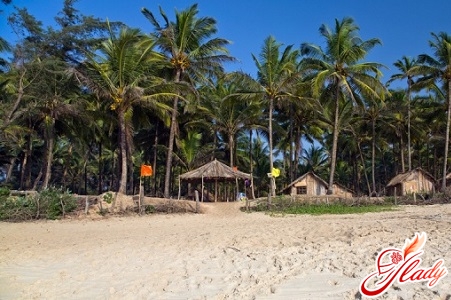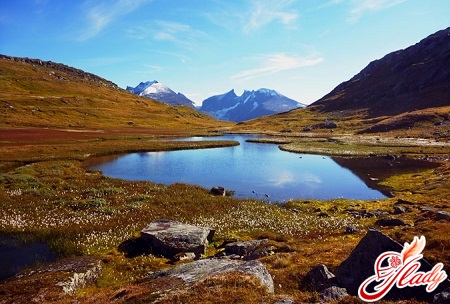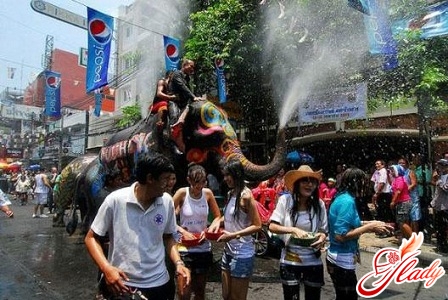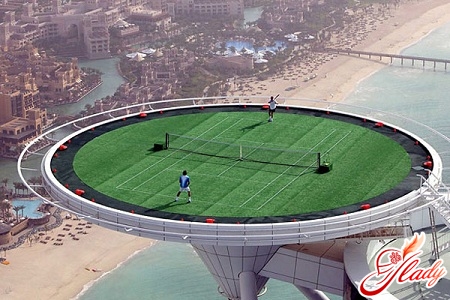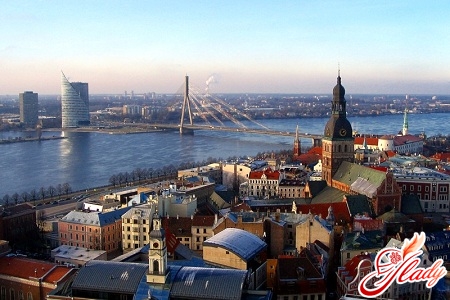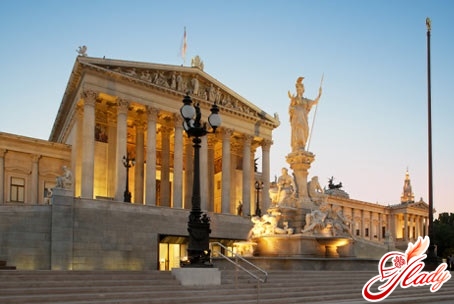
Europe has traditionally been one of the maincenters of attraction of the main stream of tourists from all over the world, including from Russia. Despite the fact that there are not enough beaches and other places for passive recreation here, it is small countries with a great history that attract connoisseurs of culture, art and history. One such country is Austria - the birthplace of such great artists as Mozart, Schubert, Haydn, Strauss and many others. Only this is enough to want to visit there and see the sights of Austria. One more inseparable from Austria feature, of course, are the Alps. Mountain resorts are ready to meet a huge number of people wishing to learn how to ski and those who masterly stand on skis or snowboards. you can choose any resort you like: secluded, crowded, youth or for older people. Experienced instructors work with different age groups. So you can go to Austria with the whole family. For those who travel through Austria in the summer, mountain walks through the alpine meadows are available with the collection of fragrant flowers and herbs.
Sightseeing in Austria
In order to visit everything, you will needa huge amount of time. So, in Vienna alone, in addition to museums, galleries, parks and cathedrals, there is a huge number of theaters, gardens, churches, concert halls and other architectural attractions. 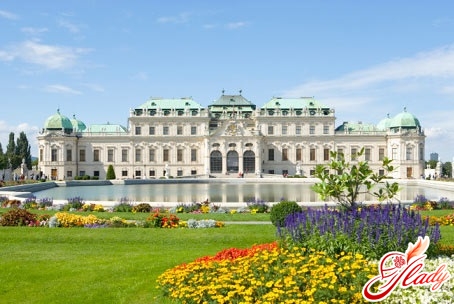
St. Stephen's Cathedral in the Austrian capital
One of the main places that should be visited,being in the capital of Austria, is the St. Stephen's Cathedral, named after the first Christian martyr whom a crowd of people stoned in front of St. Paul's eyes. Even in the days of the existence of such a state as Austria-Hungary, there should not be a single church or bell tower on its territory, the height of which would exceed the height of the South Tower of St. Stephen's Cathedral. This Catholic cathedral was built for the first time in the early 12th century, but a century later, because of a terrible fire, the whole cathedral burned down. After this, there was a reconstruction of the building, which was consecrated as early as 1263. After nearly another century, the first stone in the foundation of the Gothic church was laid in place of the present South Tower. The scale of the new cathedral impressed everyone. The new walls of the cathedral were built behind the old ones, so its territory became much more spacious. And the sweep of the towers on the territory of St. Stephen's Cathedral was such that the South Tower, the construction of which lasted almost 74 years, still was completed, but the Northern one - and remained unfinished. But it is in it is the second largest bell in Europe. From the old cathedral preserved only a few stained glass and fragments of the western facade. In addition to the fact that this Catholic cathedral is one of the most visited in Austria, it is a structure that remembers several historical events. So, during one of the bombing of the Turks in the wall of the South Tower, a core was stuck, which is still in it. In the cathedral are stored symbolic burials of members of the royal dynasty of the Habsburgs, here also the burial service of the great composer WA Mozart and the last Emperor of Austria-Hungary Franz Josef. The abbots of the monastery are their last refuge here. St. Stephen's Cathedral is also of interest because it houses the icon of the Our Lady of Pecs. According to legend, within two weeks tears flowed from the eyes depicted on the icon of the Mother of God. This event occurred just during the war with Turkey. From the observation deck, located on the territory of the cathedral, offers a stunning view of the city. During the Great Patriotic War, the cathedral courageously confronted all kinds of attacks, including when, by order of the commandant of the city, it was decided to destroy the center of the city. Marauders then set fire to shops and looted shops. The fire spread to the cathedral. The roof dropped because of this, and the largest bell of Pummerin fell off and fell into the North Tower. The interiors were also destroyed, including a large romantic organ. In the postwar period, the cathedral was restored by volunteers, and by 1948 the roof was restored. Restoration work is carried out to this day. To this end, a variety of tools are used, including tools from the Middle Ages and modern computer technologies. In exchange for the organ destroyed in the fire in 1960, a new giant body was established here, the largest in the country. It has 125 registers, 10 thousand pipes and 4 rows of keyboards with pedals. 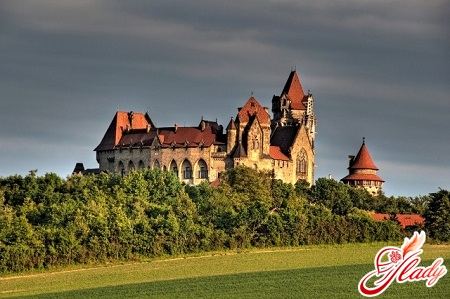
Memorial Church in honor of the Empress Elizabeth
Known all over the world as Princess Sissi,Empress Elizabeth of Bavaria became one of the most beloved people of Austria-Hungary representative of the imperial family. Many members of this family, like the court residents, did not like the empress. This is what made Elizabeth travel, spend a lot of time away from the family, from the palace. Emperor Franz Joseph was very kind to his wife, and this largely explains the fact of erecting in Austria a memorial church, which is one of the highest mountains. The church was built in 1901 in memory of Empress Elizabeth. It is located on Mount Schneeberg. It is very difficult to get there, as it was erected at an altitude of almost 2 km above sea level. The only starting point from which you can get here by transport is the city of Puchberg am Schneberg. From here a special train runs the train. 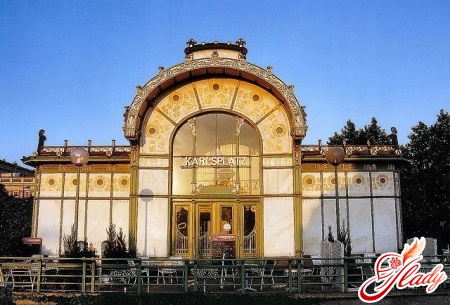
The largest open concert venue in the world
Being the birthplace of the greatest figures in the world of music,Austria could not give up the palm tree by having the largest open area for concerts. The sea scene of Bregenz is located directly on the waters of Lake Constance. It was first built after the Second World War, in 1946. The first production, sounded here, was dedicated to the name of WA Mozart, one of his early operas was staged here. After some time it was decided to rebuild the stage and expand the auditorium, as the number of people wishing to visit this place has constantly increased. In the middle of the 20th century there were enough places for 6 thousand spectators, however in the 80s. Another reconstruction was carried out and the number of spectator places was reduced. Each production is unique not only because it is created in special conditions, with an atmosphere different from the rest of the halls, but also because each new opera opens here on the other side for spectators. In addition, special, unique scenery is created for each production. At different times on the stage of Bregenz, the audience met Verdi's "Aida", Puccini's "Tosca" and other masterpieces of world music. Only here you can see couples who came here in evening dresses with diamonds and hats. But they can safely ride on catamarans in order to pass the time before the start of the opera. By the way, getting on the show is not so easy. Tickets, the number of which is limited to a small number of seats in the "hall", disperse almost instantly. As a result, a stunning picture opens on the shore of the lake, stirring the minds and imagination of even the most experienced connoisseurs of the opera. You can not leave the mobile phone on, you can also open umbrellas. The second condition is very important for a country like Austria, because rains are not uncommon. As soon as it starts to rain, the production is interrupted. But it should be noted that if the rain stopped the opera on the first action, then the next day your ticket will be valid. If the second action has already begun, then all the obligations of the organizers to the spectators are considered fulfilled. But even this does not become an obstacle to the true admirers of music, this city is visited by crowds of music connoisseurs. 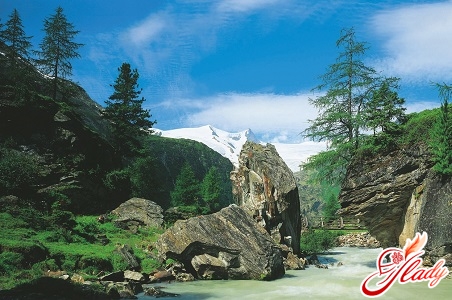
Railway in the Alps - Semmering
Existing in the environment of the most impressivemountain ranges and peaks in Europe, Austria has more than once tried to create a convenient mode of transport, with which it would be possible without special difficulties to reach a remote region separated from the central region by mountain ranges. The most successful project of those that have been proposed is the Semmering Railway. Opened in the middle of the 19th century, it became the first, the route of which was laid through a mountain range. Since that time, not only the ways of traveling through Austria, but also its appearance have changed significantly. And if earlier, in order to get to the port of Trieste from Vienna, it was necessary to search for bypass roads, then after putting the road into operation it could be done much more quickly and comfortably. And the special route of tourists this route was not different. But the event allowed a lot of not only local residents, but also tourists to admire the landscapes of the Alps and their meadows from the locomotive window and other sights of Austria. By the way, it was the ordinary locomotive that was chosen as a vehicle. Nothing new neither the administration of the project, nor other voters did not want to accept. Although a bit later, engineers still thought about creating more powerful locomotives. The best locomotives were created by engineer V. Engert. His creations began to run on many other railroad tracks of the country. Now some of them are used for organizing tourist retro-trips. The construction of the railway required a huge amount of time, money and, of course, hands. About 20,000 workers were involved in this event. Over the course of the construction, more than a hundred new bridges, 16 viaducts, 14 tunnels were cut along the railroad track. There was no waste during the construction, and all the stones that were hollowed out in the tunnels were further used for the construction of stations and administrative buildings. 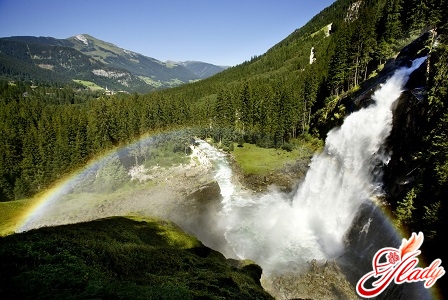
House museums in the Austrian capital
Vienna is filled with numerous museums, includingincluding museum houses. They were created in the places of residence of such famous personalities as J. Haydn, W. Mozart, I. Strauss, L. Beethoven, Z. Freud and many others. The VA Mozart House Museum was held in Vienna for many years. During this time, he changed more than a dozen apartments. But the longest period of his Viennese life he spent at: Domgasse, house 5. The apartments on the 2 floor consisted of 4 rooms, 2 offices, kitchen. This house-museum is also called "the house of Figaro", as it was here that the opera "The Marriage of Figaro" was written. Reconstruction of the building occurred several years ago (in 2006), and now there is a huge exposition, to which all three floors of the house are now allotted. Exhibitions and excursions are conducted under the melodies from the opera The Marriage of Figaro. The house-museum of Sigmund Freud Famous psychoanalyst lived in Vienna with his family for 47 years. And now in the house number 19 in Berggasse, where he also held the reception of his clients, and was engaged in science, a museum is located. Here, except for living and working rooms, you can consider and study a little the largest library dedicated to psychoanalysis. It counts 35 thousand copies. As a result of the persecution of citizens of Jewish origin, the family of Sigmund Freud was forced to go to London in 1938. Together with them, numerous items of everyday life and professional activity of the psychoanalyst were transferred. Therefore, in Austria, you will not see the famous couch on which during the session of psychoanalysis lay the clients of Freud. In the museum, a special place is reserved for the waiting room, which was a small room in which the visitors of Freud's apartment were waiting for their turn. House-Museum of L. Beethoven in Baden This museum is one of the most interesting objects for visiting among travelers. Ludwig van Beethoven very often visited Baden not only to improve his health, get rid of the surging depression, but also to write some works. It was here, in the house No. 10 in Rathausgasse, the Ninth Symphony was completed and the composer wrote the Solemn Mass here. In the apartment you can see the piano on which the composer, the bed, photographs, porcelain accessories and reproductions of his musical compositions have been making music.




